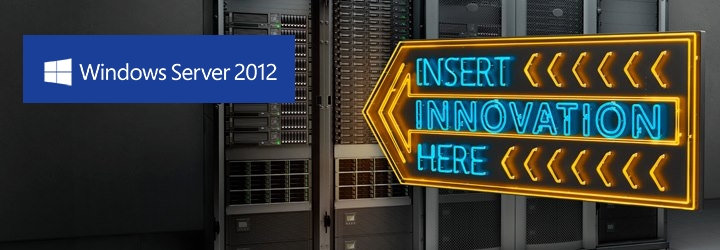A Forming Repository of Script Samples for Automating Windows Server 2012 and Windows 8
Today marks the General Availability of Windows Server 2012, a special day in what will be a big launch year for Microsoft and our customers and partners worldwide.

Compared with Windows Server 2008/R2 that provides about 230 cmdlets, Windows Server 2012 beats that by a factor of over 10 shipping ~ 2,430 cmdlets. You can automate almost every aspect of the server. The new PowerShell 3.0, like Windows Server 2012, has a ton of new features. In this automation script-centric move, Microsoft All-In-One Script Framework (AIOSF) is ready to support IT Pros with many new services and offerings coming this year. We sincerely hope that the IT community will benefit from the effort.
Here is the first one among our new services and offerings:
The team is preparing a large set of Windows 8 / Windows Server 2012 script samples based on frequently asked IT tasks that we collect in TechNet forums and support calls to Microsoft. Because the script topics come from frequently asked IT tasks, we hope that these script samples can be helpful to many IT Pros worldwide. With the General Availability of Windows Server 2012, we release the first three Windows Server 2012 / Windows 8 script samples today.
Get Network Adapter Properties in Windows Server 2012 and Windows 8 (PowerShell)
https://gallery.technet.microsoft.com/scriptcenter/Get-Network-Adapter-37c5a913
Description: This script could be used to get network adapter properties and advanced properties in Windows Server 2012 and Windows 8. It combines the outputs of Get-NetAdapter and Get-NetAdapterAdvancedProperty. It can generate a report of network adapter configuration settings.
Use Scenarios: In a real world, IT Administrators are required to check the configuration of network adapters after the deployment of new servers. One typical example is the duplex setting of network adapters. Also, IT administrators need to maintain a server list which contains network adapter configuration settings in a regular basis. Before Windows Server 2012, IT administrators often feel difficulties to handle these tasks.
Acknowledgement: Thanks Greg Gu from AIOSF for collecting this script topic, and writing the script sample. Thanks James Adams (Microsoft Premier Field Engineer) for reviewing the script sample and ensuring its quality.
How to batch create virtual machines in Windows Server 2012 (PowerShell)
https://gallery.technet.microsoft.com/scriptcenter/How-to-batch-create-9efd1811
Description: This PowerShell Script illustrates how to batch create multiple virtual machines based on comma delimited file by using PowerShell 3.0 in Windows Server 2012.
Use Scenarios: IT admin requires to batch creating virtual machines in Windows Server 2012, although they can use few commands due to the lack of programming knowledge. Although it’s a set of Hyper-V command-lets within Windows PowerShell, IT Admins are reluctant to use them except simple a command which is widely used.
Acknowledgement: Thanks Anders Wang from AIOSF for collecting this script topic and writing the script sample. Thanks Christopher Norris for reviewing the script sample and ensuring its quality before publishing.
Remove Windows Store Apps in Windows 8 (PowerShell)
https://gallery.technet.microsoft.com/scriptcenter/Remove-Windows-Store-Apps-a00ef4a4
Description: This script can be used to remove multiple Windows Store Apps from a user account in Windows 8. It provides a list of installed Windows Store applications. You can specify the application IDs, and remove them all at once.
Use Scenarios:
1. In Windows 8, you can remove a single Windows Store App by right-clicking the tile in the Start menu and choosing the uninstall command. However, no command is provided for removing multiple Windows Store Apps all at once. If you want to do so, you can use this script sample.
2. Sometimes Windows Store Apps may crash in Windows 8. Even though you can successfully uninstall and reinstall the App, the application may still crash after the reinstallation. In this situation, you can use this example script to remove these Windows Store Apps cleanly.
Acknowledgement: Thanks Edward Qi from AIOSF for collecting the script idea and composing the script sample. Thanks James Adams (Microsoft Premier Field Engineer) for reviewing the script sample and ensuring its quality.
This is just the beginning, and more and more script samples are coming. You can follow our blog (https://blogs.technet.com/b/onescript) to get the latest customer-driven script samples for Windows Server 2012 and Windows 8.